Best Places to See Wildlife in Everglades National Park
Preserving the last remaining subtropical wilderness in the United States, Everglades National Park is home to a mindboggling amount of wildlife.
In this sprawling park in southwestern Florida, the “River of Grass” flows ever-so-slowly to the Gulf of Mexico. Vast sawgrass marshes extend to the horizon, while mangrove swamps and wide estuaries line the coastline. Interspersed between the wetlands are small pine forests and stands of hardwood trees called “hammocks.”
In this wonderland of water, grass and woods, an incredible variety of animals thrive. Arguably most famous for its alligators, which, indeed, are a top attraction, there’s much more to Everglades National Park wildlife than just one species.
Below, you’ll learn about the high-profile wildlife of Everglades National Park—the animals most people come to see—and where to find them.
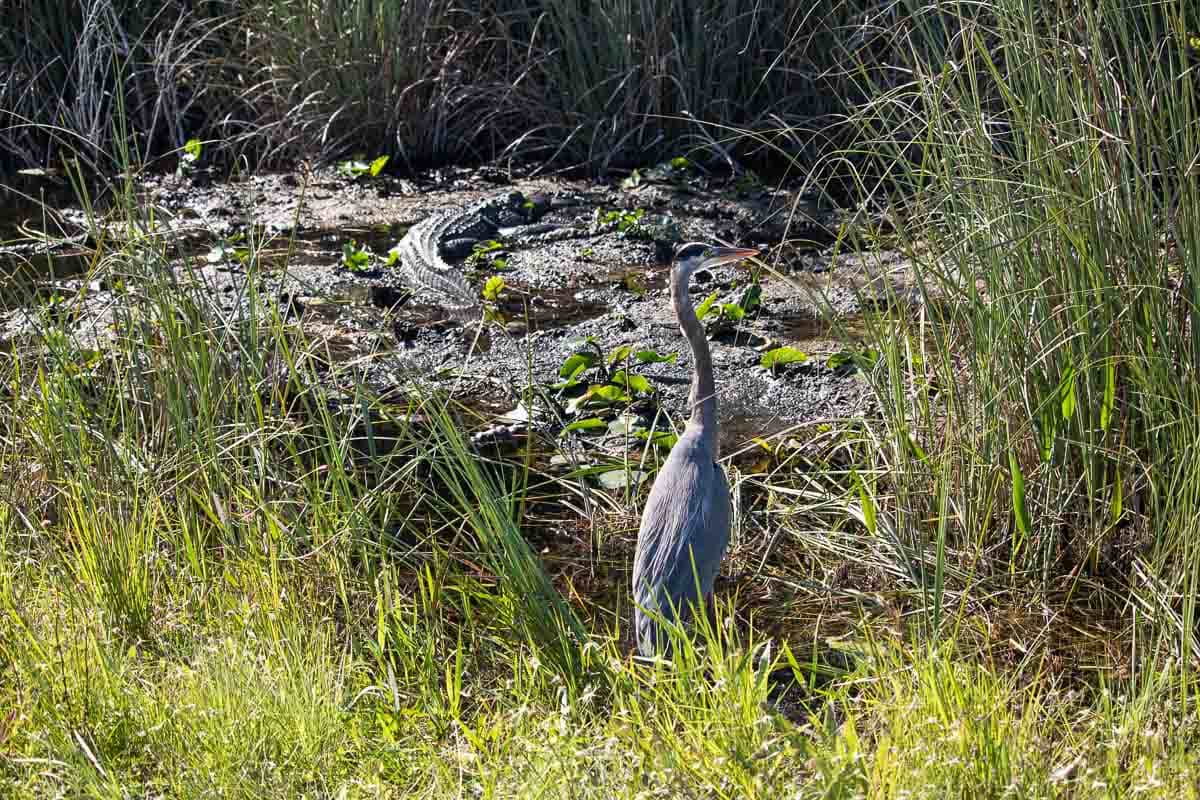
This blog post about the best places to see wildlife in Everglades National Park contains affiliate links. You can read more about our Terms of Use / Disclosure here.
Which Animals Can You See in Everglades National Park?
With over 300 species of birds, Everglades National Park is a subtropical birding paradise. In fact, this is one of the most important wetland areas on the planet, designated as both a UNESCO World Heritage Site and International Biosphere Reserve.
Birds
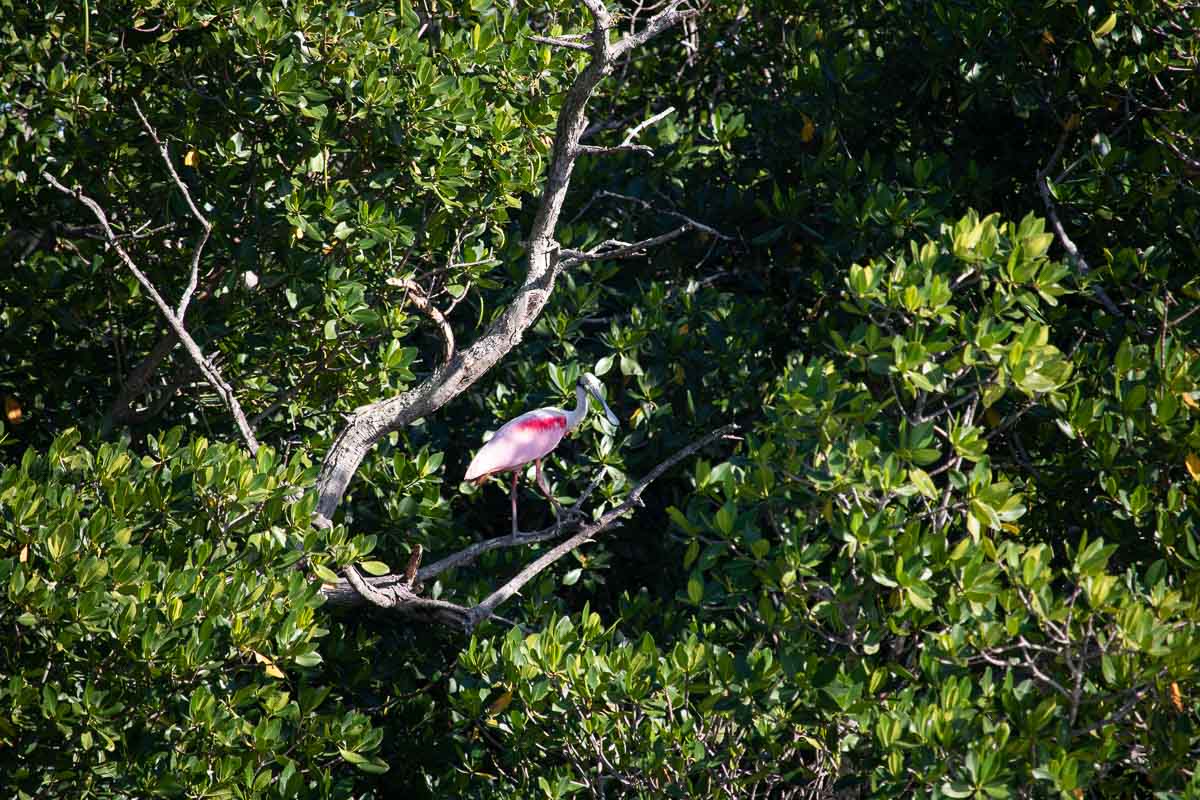
The park is famous around the world for its abundance of wading birds, sixteen species of which call the Everglades home. This includes white ibis, wood storks, green herons, great blue herons, snowy egrets, reddish egrets, great egrets and the iconic roseate spoonbills.
Besides wading birds, you can also see literally hundreds of other bird species in the Everglades.
The kaleidoscopic spectrum of Everglades birds ranges from American white pelicans, cormorants, anhingas, plovers and sandpipers to bald eagles, snail kites, several hawks and owls, to sparrows, wrens, warblers, kingfishers and woodpeckers.
And that’s just the bird life in Everglades National Park.
Reptiles
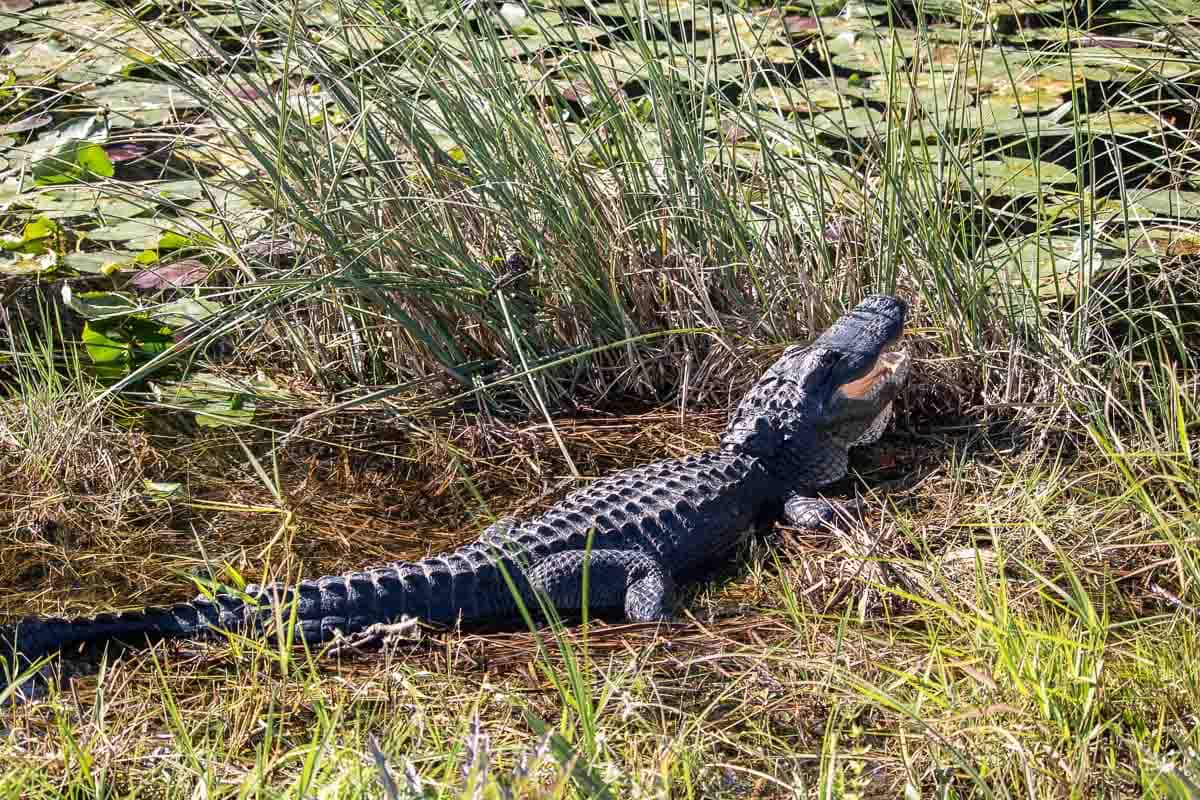
In addition to birds, the park is quite possibly the best national park in the United States to see large reptiles.
After all, this is the only place in the world where you can see both alligators and crocodiles. American alligators live in deeper channels of freshwater and sawgrass marshes, while American crocodiles prefer shallow saltwater mangroves, both of which collide in the sprawling estuaries of the Everglades.
You can find the best places to see alligators and crocodiles in the Everglades here!
You’re also pretty likely to see turtles when visiting Everglades National Park, whether it’s a snapping turtle, mud turtle, softshell turtle or box turtle. A few sea turtles also live in the park, but are uncommonly seen.
As far as snakes go… there are plenty of those in Everglades National Park, too. More than two dozen species, in fact. The most common snakes in the Everglades include garter snakes, rat snakes and water snakes.
However, the giant invasive Burmese python has made itself at home in the Everglades, too, its numbers totaling well over 100,000. Venomous snakes like rattlesnakes, cottonmouths and coral snakes also live in the Everglades.
Mammals
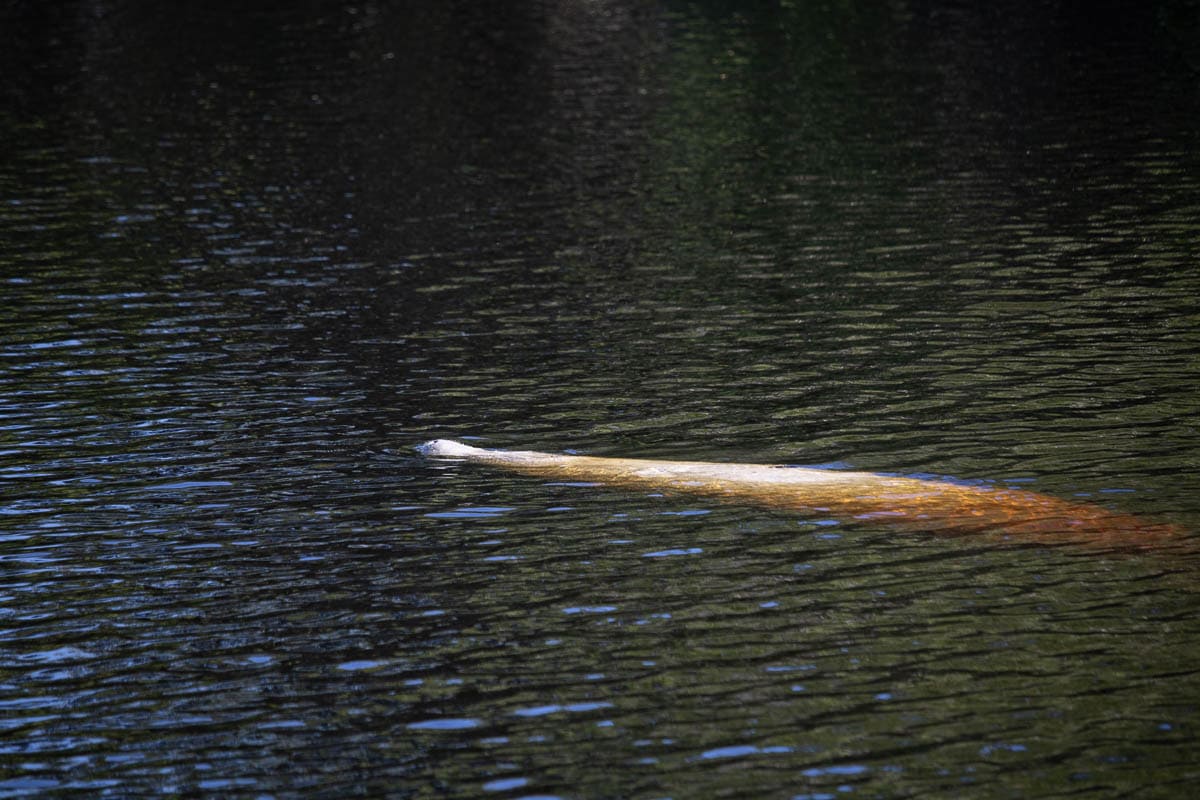
When you go wildlife viewing in Everglades National Park, birds and reptiles are probably at the top of your list. Don’t forget about the park’s mammals, though.
“More than 40 species of mammals inhabit Everglades National Park,” the National Park Service says. This includes common land mammals like white-tailed deer, rabbits, raccoons, possums and even black bears.
Bobcats and gray foxes—the only fox that can climb trees—live in mangroves and hardwood hammocks. One of the most endangered animals in the Everglades is the Florida panther, a subspecies of mountain lion, which is elusive and almost never seen.
The stars of the mammalian show in Everglades National Park, however, are its aquatic mammals. River otters are a common sight in shallow waters, while dolphins are often seen in Florida Bay and the Gulf of Mexico.
If you’re lucky enough, you might even see a West Indian manatee in the waters near Flamingo.
Popular Everglades National Park Animals
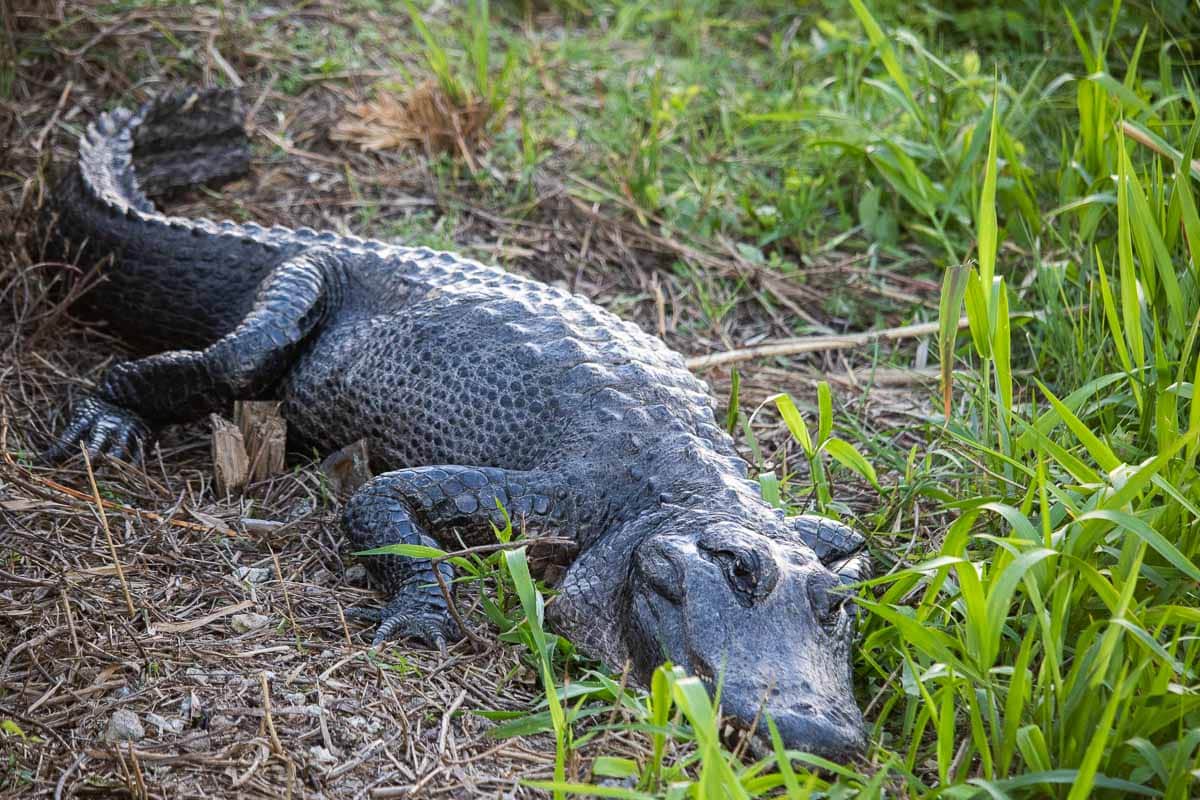
American alligators
- Shark Valley
- Anhinga Trail
- Nine Mile Pond
- Eco Pond
- Most other wetland areas, including Big Cypress National Preserve
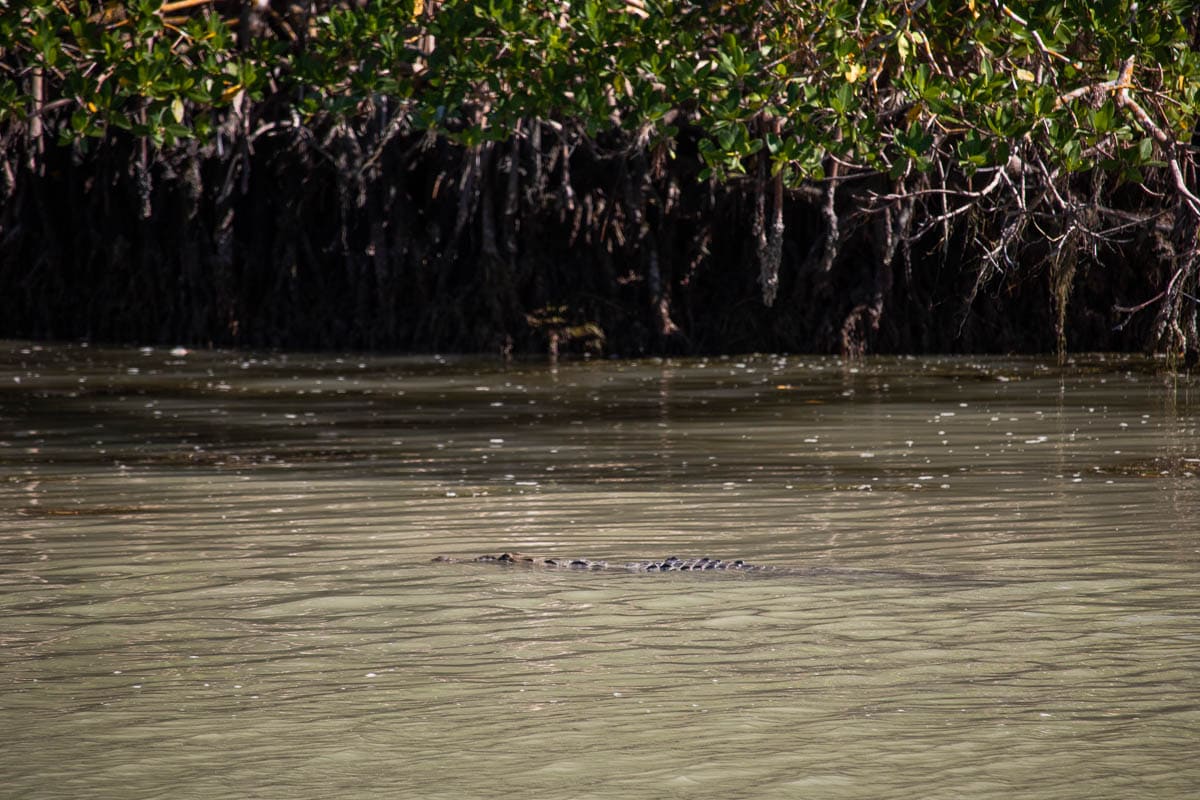
American crocodiles
- Flamingo Marina
- Nine Mile Pond
- Snake Bight
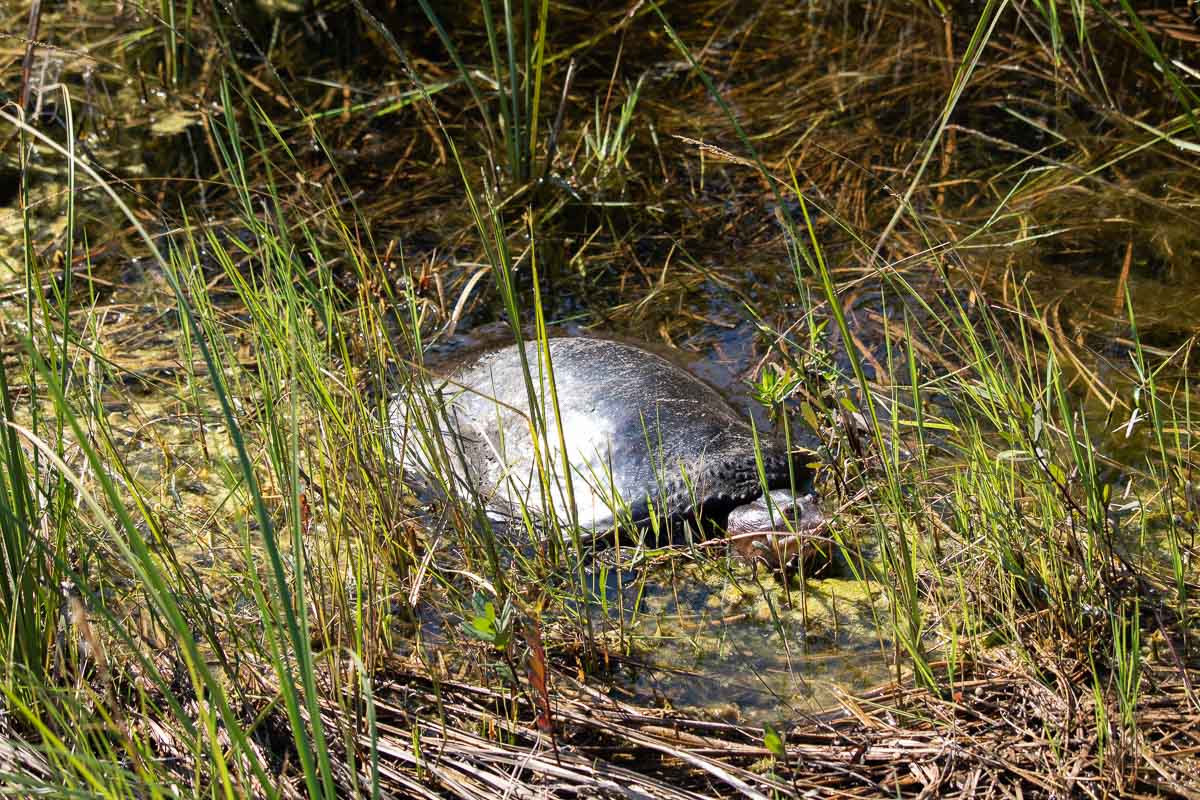
Turtles
- Shark Valley
- Anhinga Trail
- Freshwater ponds and lakes like Eco Pond, West Lake and Nine Mile Pond
- Big Cypress National Preserve
River otters
- Shark Valley
- Anhinga Trail
- Big Cypress National Preserve
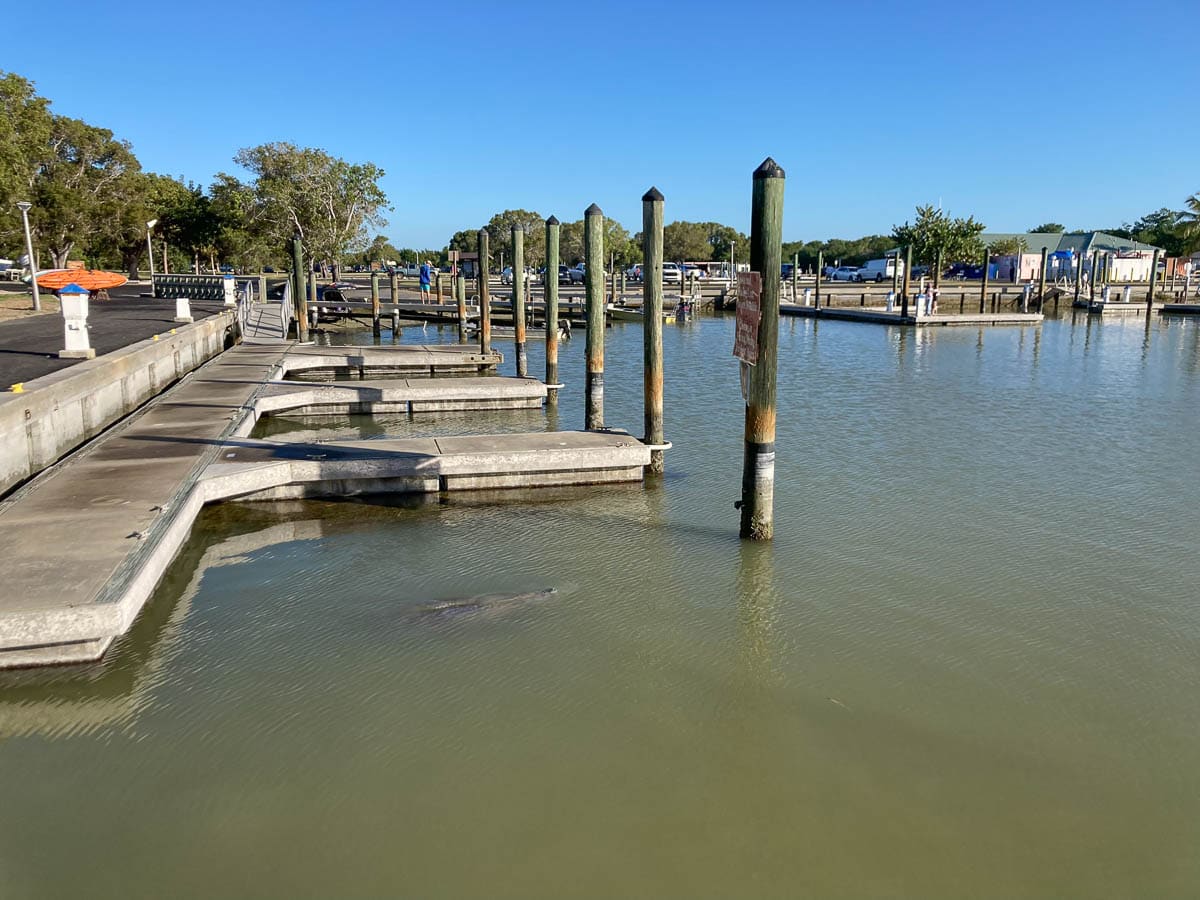
West Indian manatees
- Flamingo Marina
Dolphins
- Florida Bay
- Gulf of Mexico
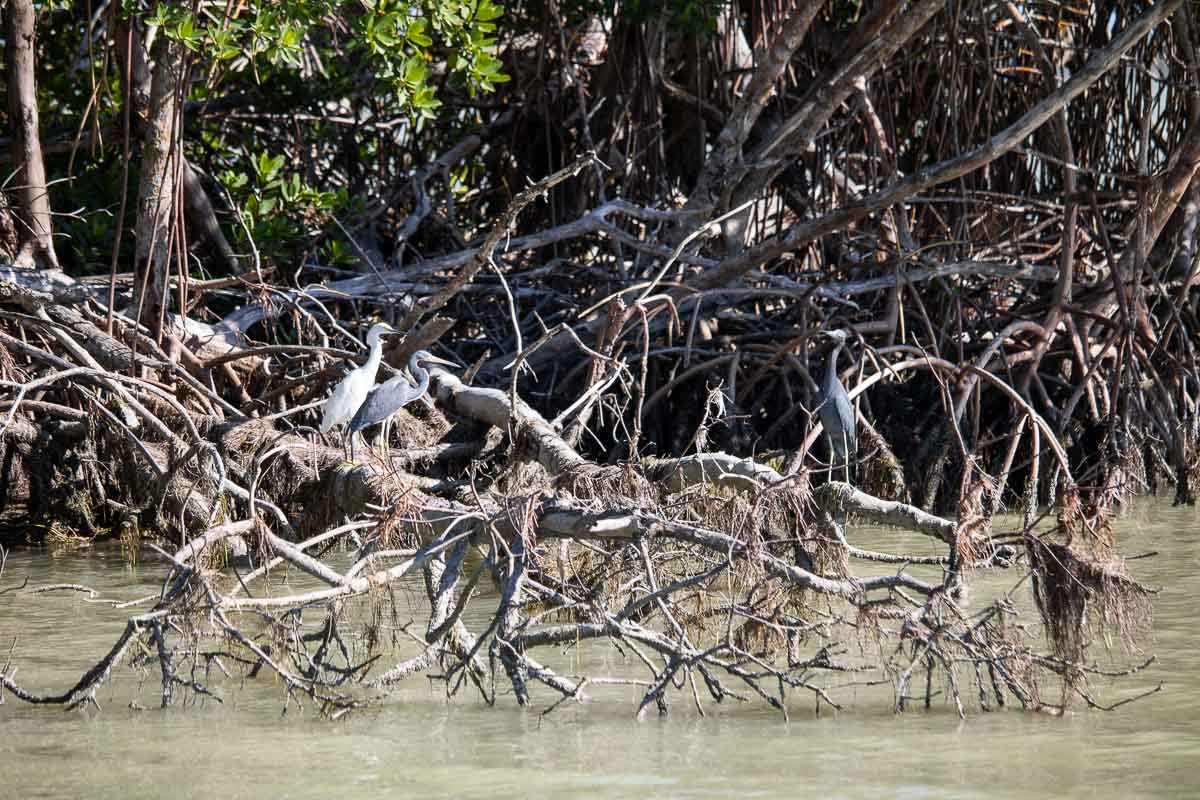
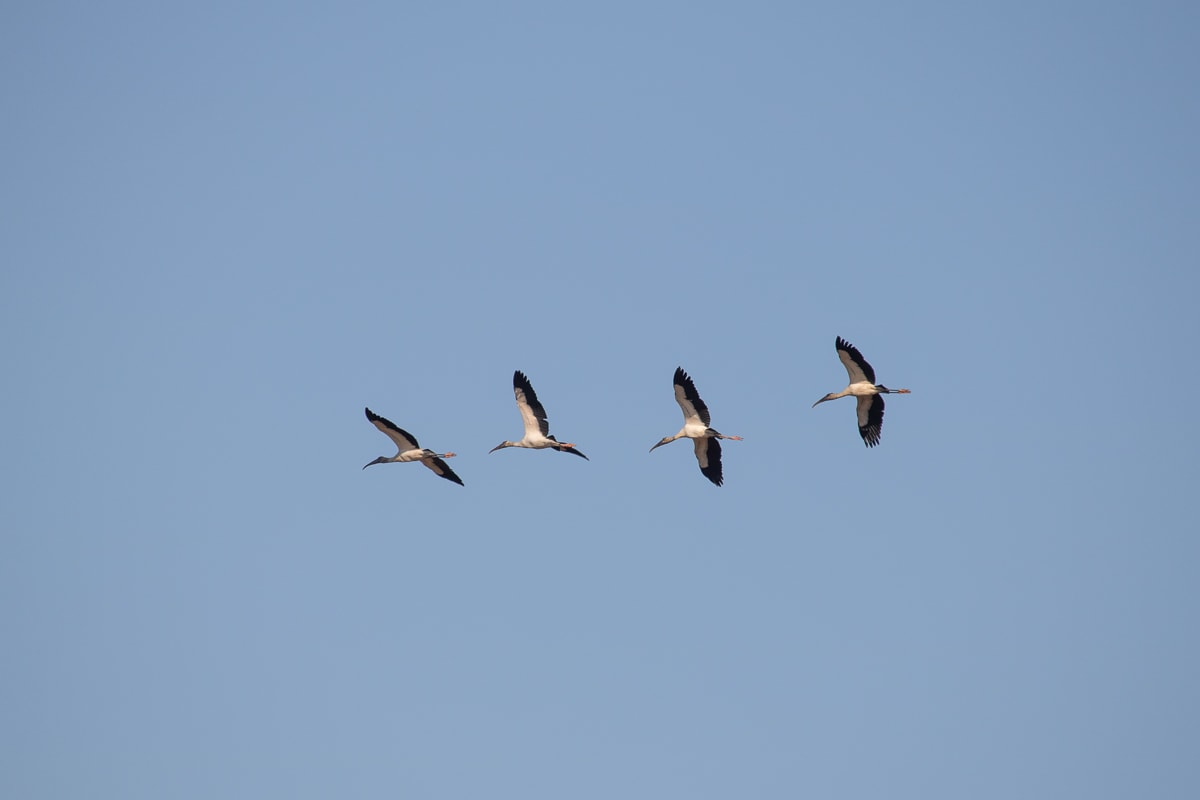
Wading birds
- Shark Valley
- Anhinga Trail
- Paurotis Pond
- Nine Mile Pond
- Snake Bight Trail
- Mrazek Pond
- Eco Pond
- Big Cypress National Preserve
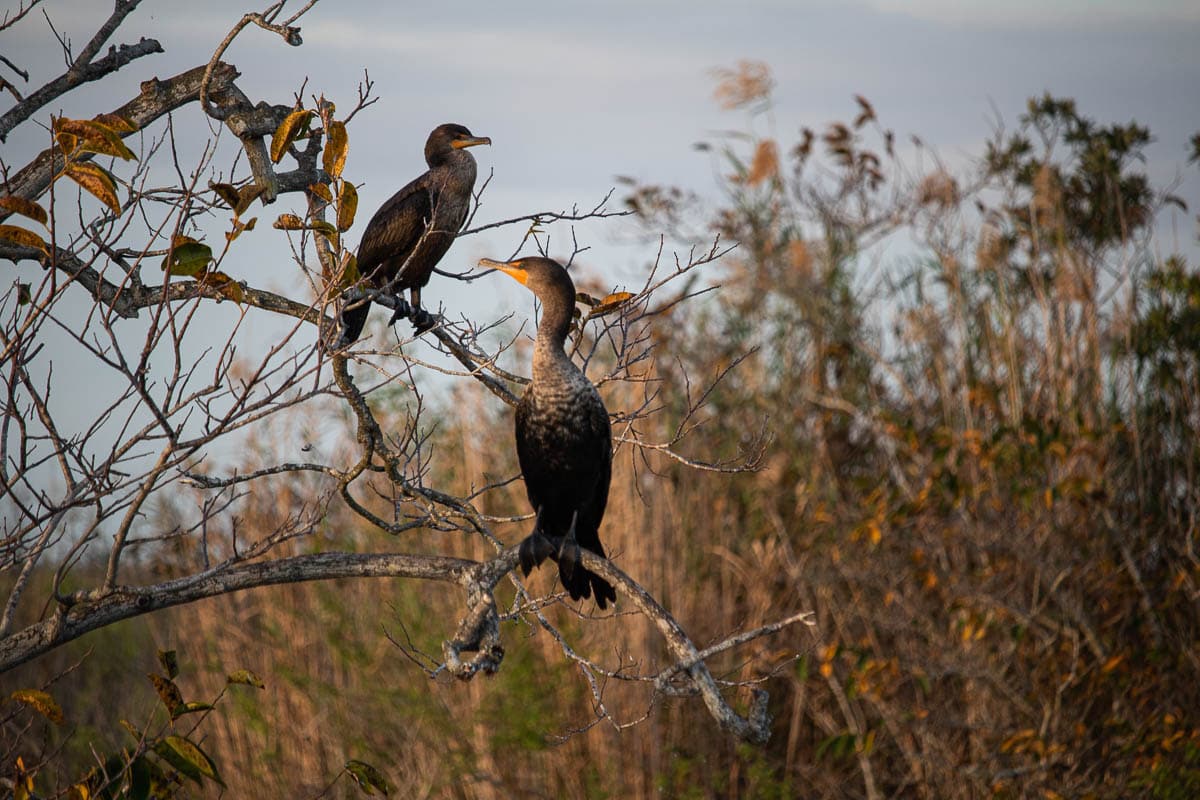
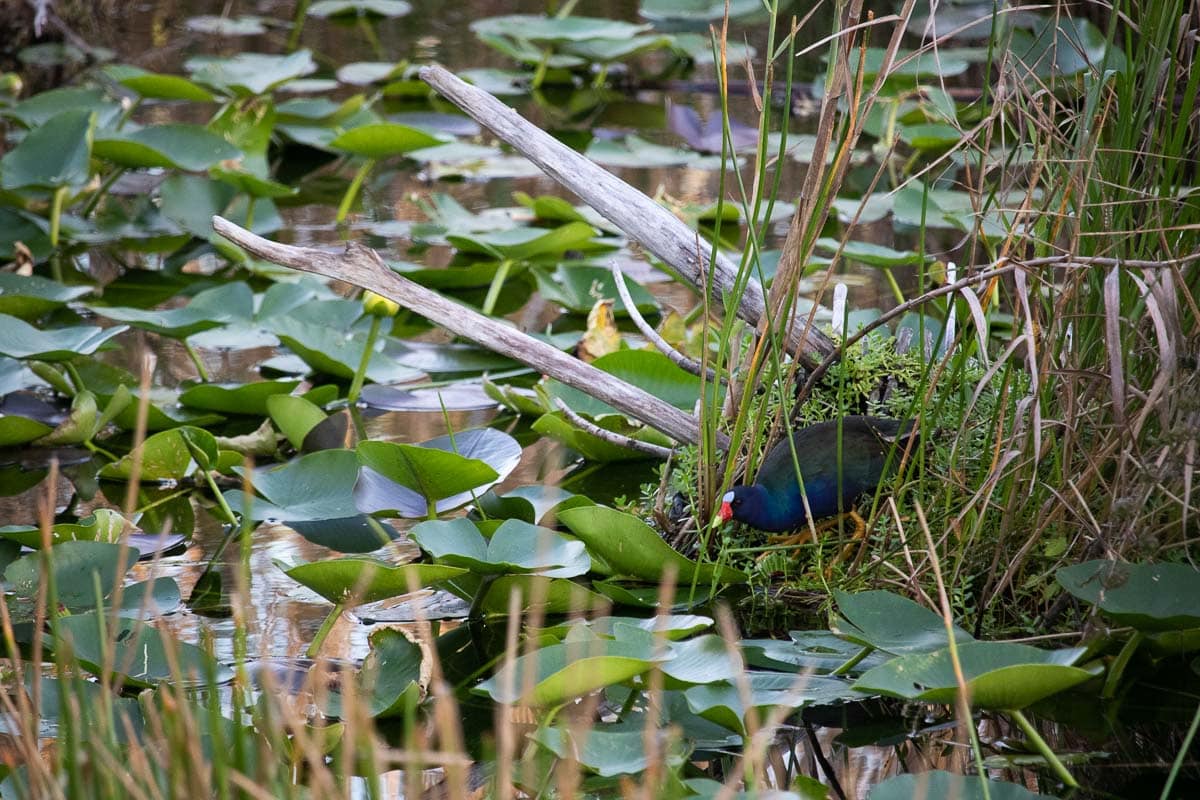
Water birds
- Shark Valley
- Anhinga Trail
- Nine Mile Pond
- Snake Bight Trail
- Mrazek Pond
- Eco Pond
- Big Cypress National Preserve
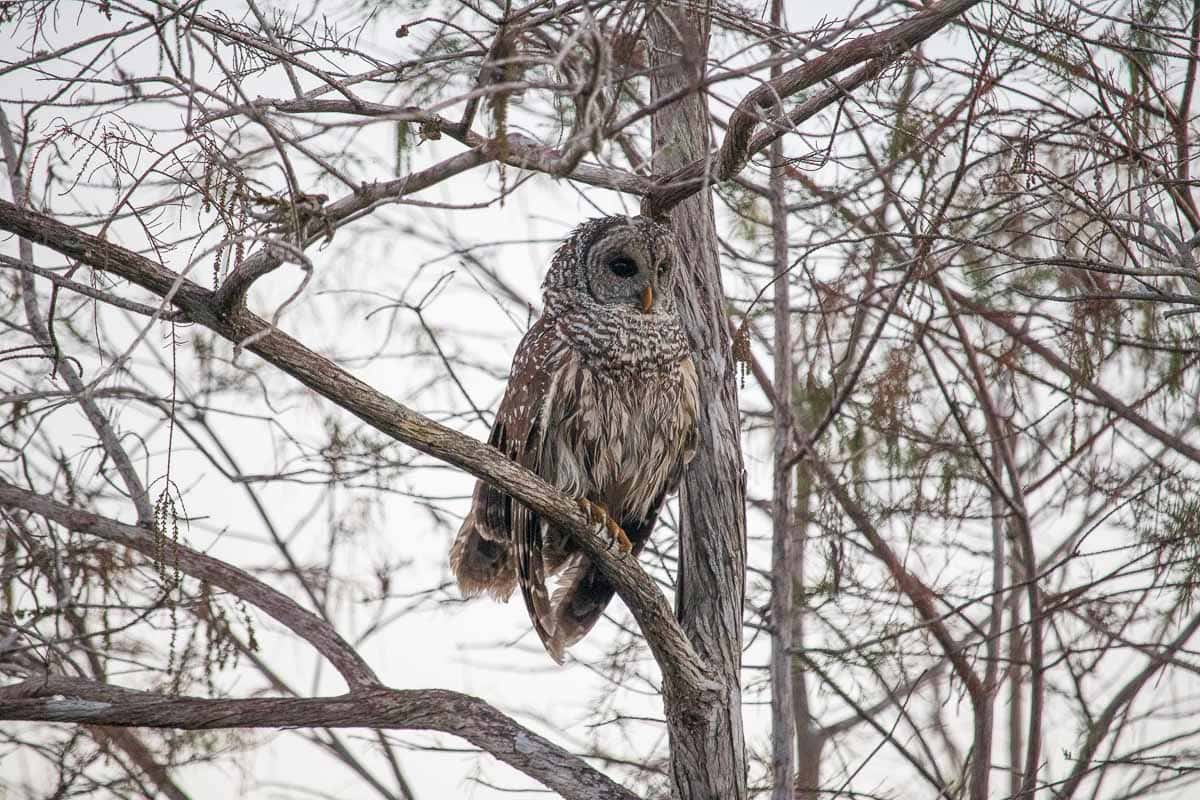
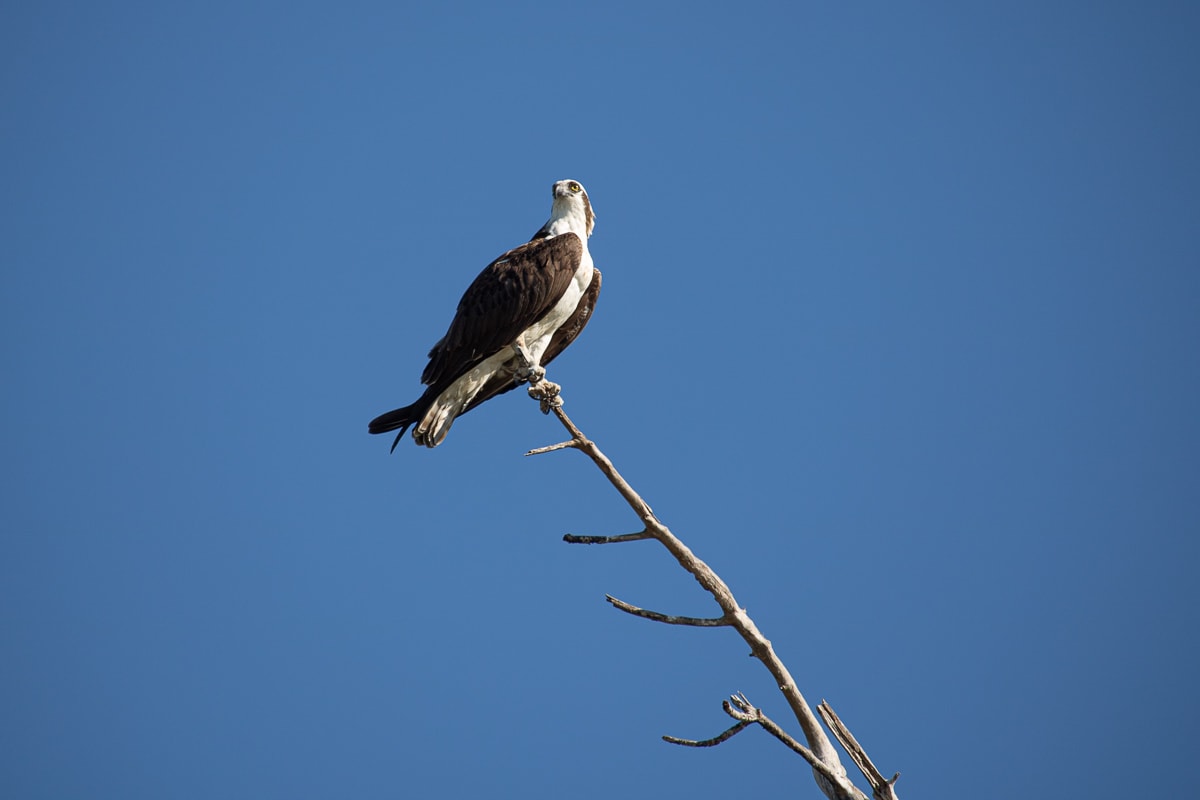
Birds of prey
- Shark Valley
- Mahogany Hammock and other wooded areas
- Nine Mile Pond
- Eco Pond
- Snake Bight Trail
- Big Cypress National Preserve
What Is the Best Time for Wildlife Viewing in the Everglades?
While you can see numerous animals in Everglades National Park throughout the entire year, winter is by far the best time for wildlife viewing.
From December through February, which is the park’s busy season, visitors can enjoy pleasant weather conditions. This is the dry season in the Everglades, a time characterized by plenty of sunshine, comfortable temperatures and generally little rainfall.
Additionally, because winter is the dry season, the park’s standing water levels are at their lowest. This means that wildlife in Everglades National Park tends to gather at a number of freshwater locations, such as certain ponds and lakes.
In winter, places like Shark Valley, the Anhinga Trail, Nile Mile Pond and Eco Pond attract enormous numbers of birds, as well as alligators and other Everglades animals.
Best Places to See Wildlife in Everglades National Park
I’ve already touched on several great places to see wildlife in Everglades National Park, but let’s zoom in on those and others some more below.
Anyone who wants to enjoy the rich biodiversity of the Everglades during their visit—and let’s be honest, isn’t that everyone?—should focus on the following Everglades National Park wildlife watching locations.
Except for Shark Valley and Big Cypress National Preserve, which is a separate National Park Service unit adjacent to Everglades National Park, all of these places are along the Main Park Road between Homestead and Flamingo.
Shark Valley
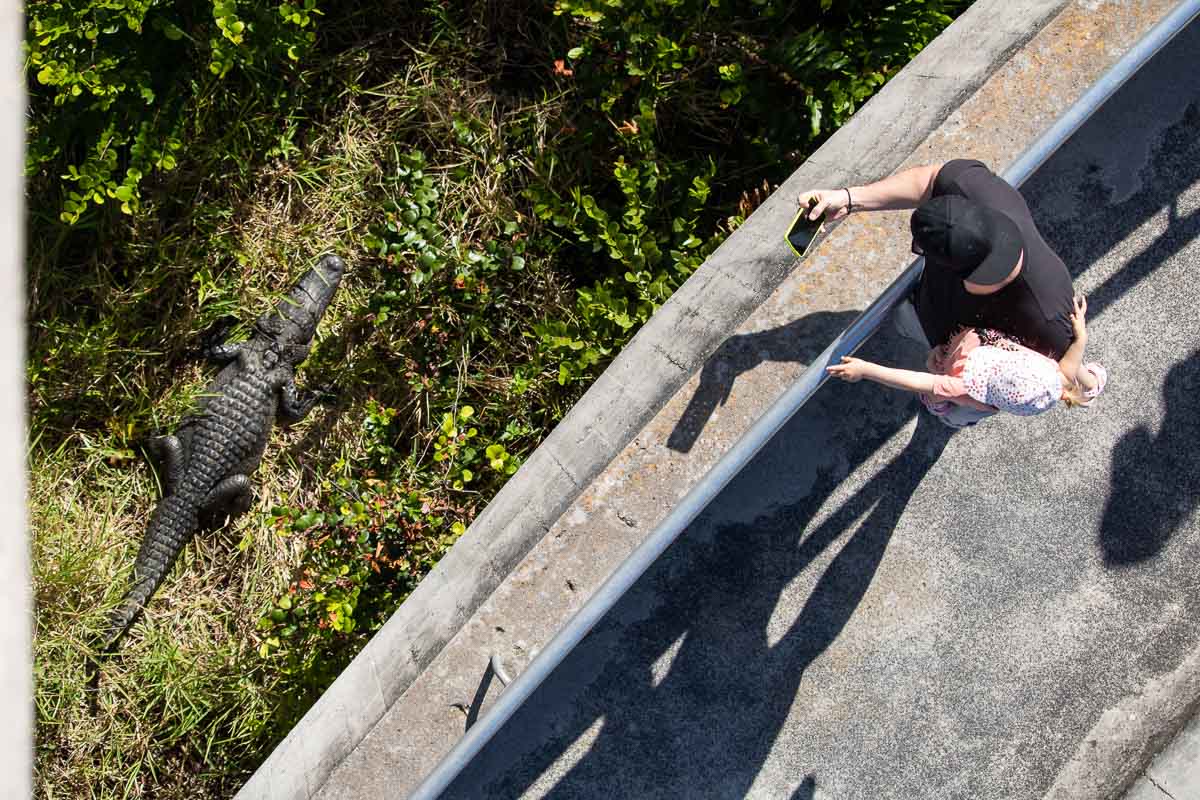
Situated in the northern part of Everglades National Park, along the Tamiami Trail, Shark Valley is the closest location in the park from Miami.
As such, it’s a very popular day trip destination, especially also because the wildlife viewing opportunities in Shark Valley are phenomenal. The area is home to sawgrass marshes, lush vegetation and woodlands, ideal habitats for a wide range of animals.
The only way to explore Shark Valley is on the Shark Valley Tram Road, a scenic 15-mile-long loop road that runs from the Shark Valley Visitor Center to the Observation Tower.
You can either join a guided tram tour or rent bicycles for a self-guided bike ride through Shark Valley.
On the way, look for alligators, turtles, river otters and a host of different birds, including various wading birds, snail kites and anhingas. Sometimes, you can see alligators lounging right next to the Tram Road or even crossing it.
Anhinga Trail
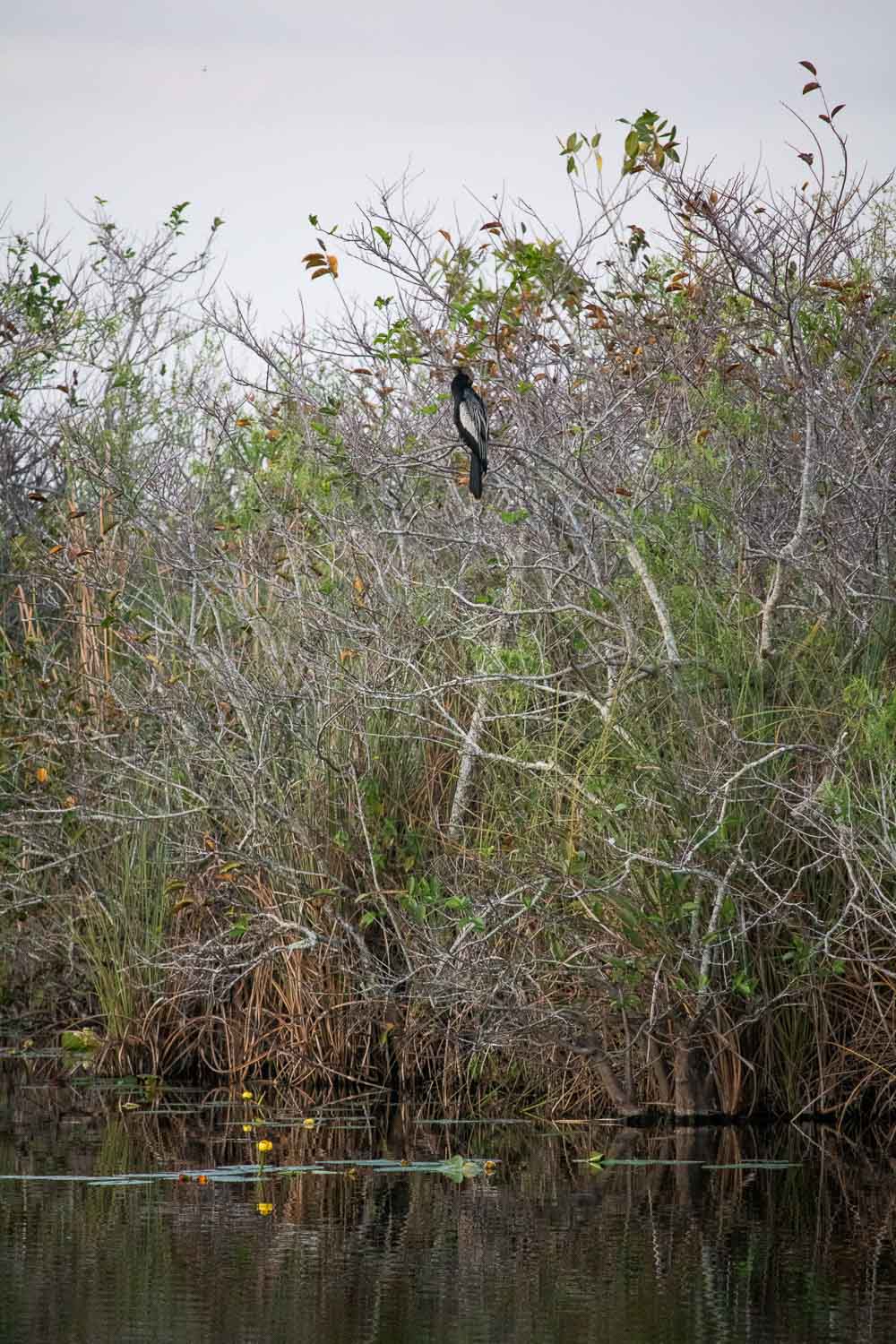
Arguably the single best place to see wildlife in Everglades National Park, the popular Anhinga Trail is famous for its abundant and diverse fauna.
For many visitors to the park, this is the place they’ll see their first alligators. In fact, you’re pretty much guaranteed to see several ‘gators on the Anhinga Trail.
This 0.8-mile trail, which starts at the Royal Palm Visitor Center and features a boardwalk over sawgrass marshes, is one of the most popular trails in Everglades National Park because of its plethora of wildlife.
Besides alligators, you can also see river otters and turtles here, along with birds like herons, egrets, cormorants and the trail’s namesake anhingas.
Mahogany Hammock Area
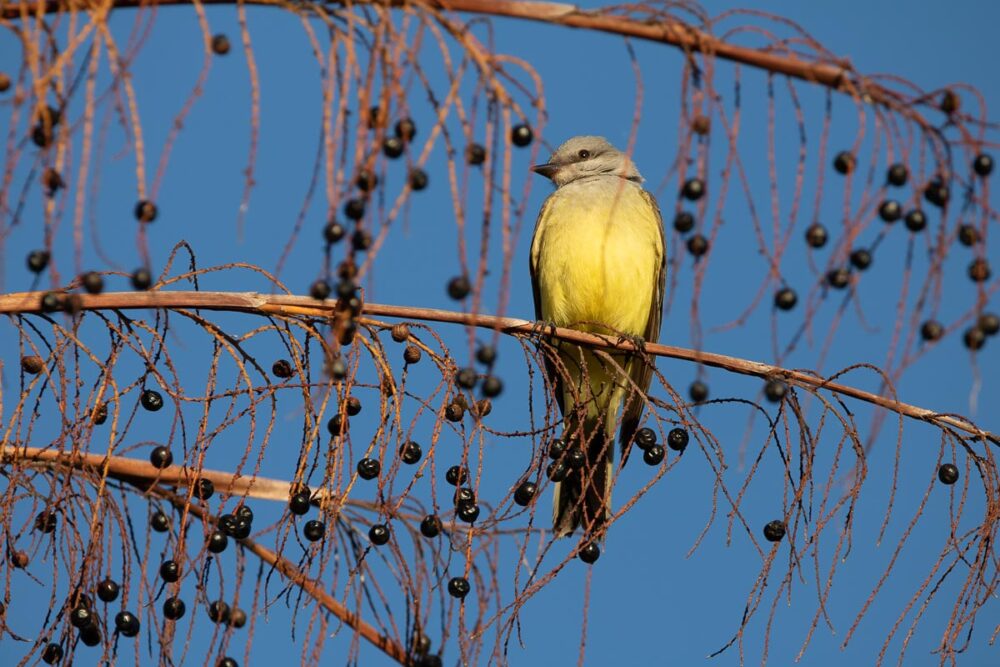
One of the greatest short hikes in the park, the Mahogany Hammock Trail is a 0.5-mile boardwalk loop through a verdant hardwood hammock.
In this area of dense vegetation, which is almost jungle-like, you can see air plants, gumbo limbo trees and America’s largest living mahogany tree.
You won’t find any aquatic animals here, though. Instead, this is a great place to look for birds that are harder to find in the park’s other areas.
Spend some time at Mahogany Hammock and the surrounding area along the Main Park Road and watch for Cape Sable seaside sparrows, warblers and bald eagles in the morning, and barred owls in the evening.
Nine Mile Pond

When it comes to seeing wildlife in Everglades National Park, Nine Mile Pond is “a productive freshwater canoeing area,” according to the National Park Service.
The scenic 5-mile Nine Mile Pond Canoe Trail passes through a shallow sawgrass marsh and past scattered islands of mangroves. To explore this wonderful wetland area of quintessential Everglades scenery, you can rent canoes or kayaks at Flamingo.
Along the way, keep an eye out for both alligators and crocodiles, turtles, as well as the abundance of bird species that is so typical of the Everglades.
Look for wading birds like wood storks, roseate spoonbills, herons, limpkins and egrets. Other birds you might see include snail kites and white-crowned pigeons.
If you’d like to stay firmly on land, there’s a picnic area on the shore of Nine Mile Pond that also offers excellent wildlife viewing.
Snake Bight Trail
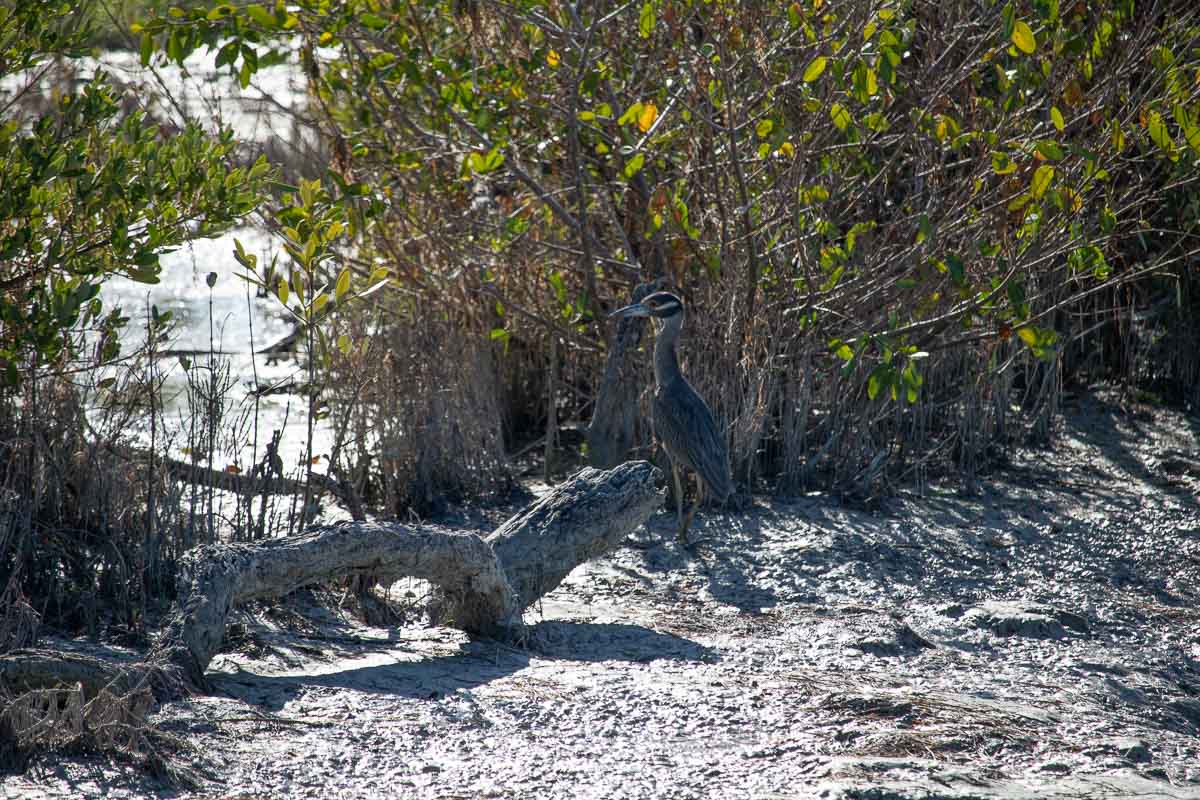
One of the longer trails in Everglades National Park, especially when combined with the Rowdy Bend Trail, the Snake Bight Trail is great for a wildlife-centric hike or bike ride.
Located about four miles north of the Flamingo Visitor Center, the trail parallels the Snake Bight Canal. Flanked by the dense vegetation of a tropical hardwood hammock, it offers great opportunities to see woodlands birds like warblers and mangrove cuckoos.
The Snake Bight Trail ends on a boardwalk on the shore of Snake Bight, which is a phenomenal spot to see wading birds, shore birds and occasionally even flamingos.
Snake Bight itself—a bight is a small bay within a larger bay, in this case Florida Bay—is home to numerous marine animals, including manatees, dolphins and crocodiles, among countless fish. Those animals are, however, rarely seen from the boardwalk.
Flamingo Marina
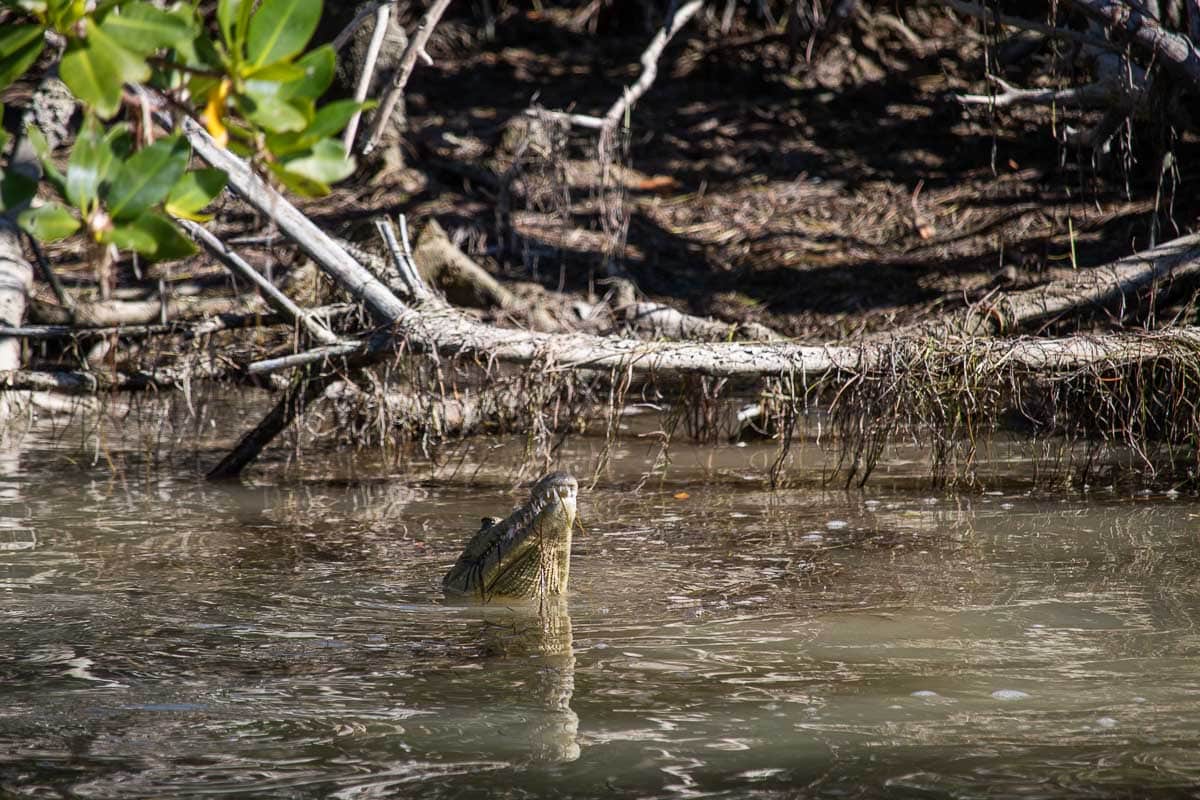
The absolute best place to see manatees and American crocodiles in Everglades National Park is the Flamingo Marina. It is near the end of the Main Park Road, adjacent to the Flamingo Visitor Center.
Wildlife viewing at Flamingo is as easy as it gets. Simply walk over to the marina, where friendly manatees often hang out in the water.
Flamingo sits on the shoreline of Florida Bay and, thanks to its saltwater, prehistoric-looking crocodiles are also commonly seen. Look for them swimming in the water or lounging on land near the water’s edge. Sometimes, they even sunbathe on the marina’s boat ramp.
Scan the more distant waters of Florida Bay for other marine animals. If you’re lucky, you might even spot a shark’s dorsal fin or a pod of dolphins.
And, of course, like anywhere in the Everglades, there’s no lack of birds here either, mainly wading birds, water birds and birds of prey. Watch for osprey, pelicans, white ibis and dozens of other species.
Eco Pond
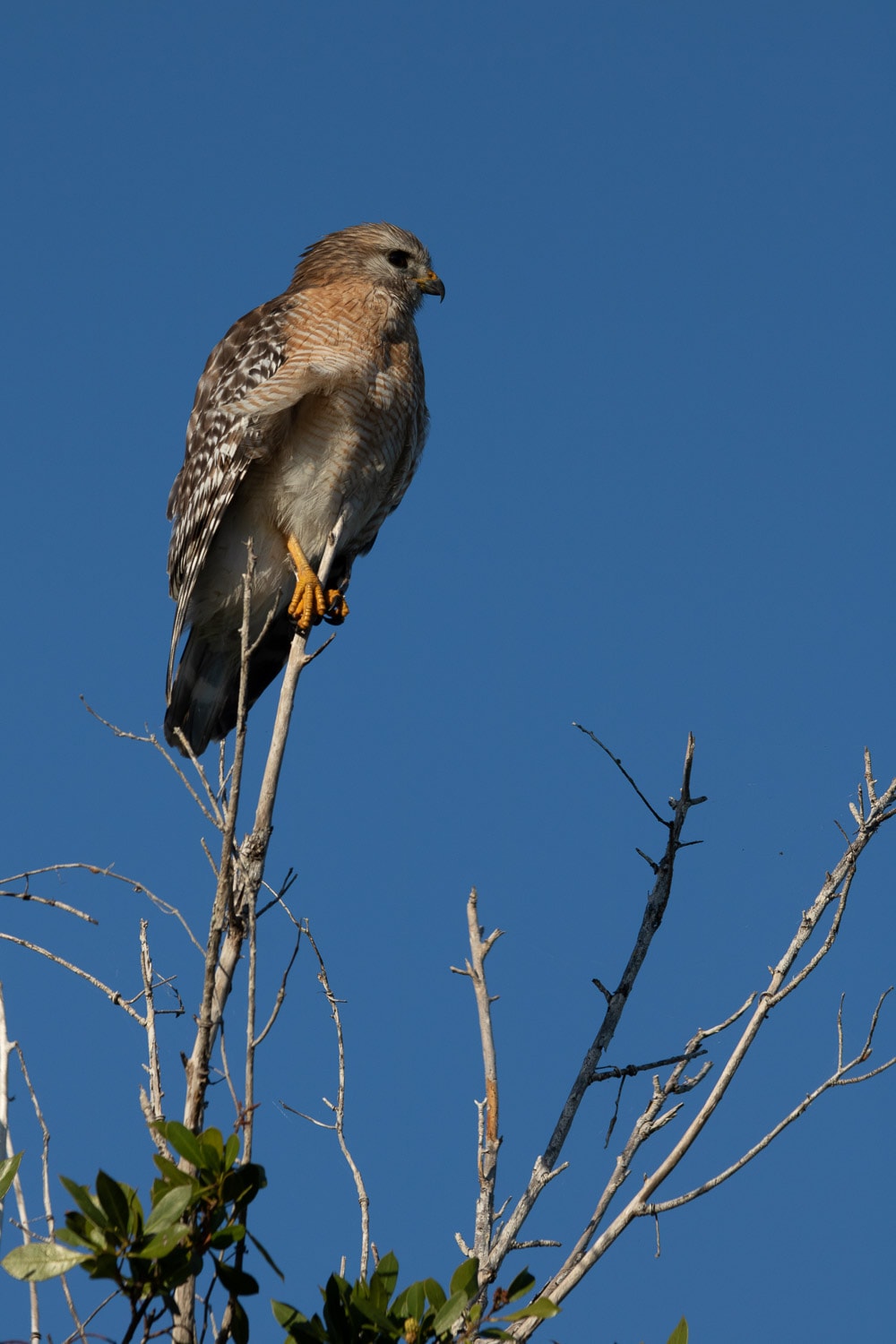
A small pond just beyond the Flamingo Visitor Center, Eco Pond is one of the wildlife hotspots in Everglades National Park. Particularly in winter, this body of freshwater houses a wealth of wildlife.
It’s a great place to see alligators, while turtles often swim around the pond, too. And of course, there are tons of birds to observe here.
Look for ducks, anhingas, American coots and painted buntings, as well as a variety of songbirds and wading birds. Even birds of prey can sometimes be seen here, including red-shouldered hawks and osprey.
Another feature that makes Eco Pond one of the best places to see wildlife in Everglades National Park is its short loop trail. Only 0.5 miles long, the trail runs around the entire pond, allowing for different vantage points and more up-close views.
Big Cypress National Preserve
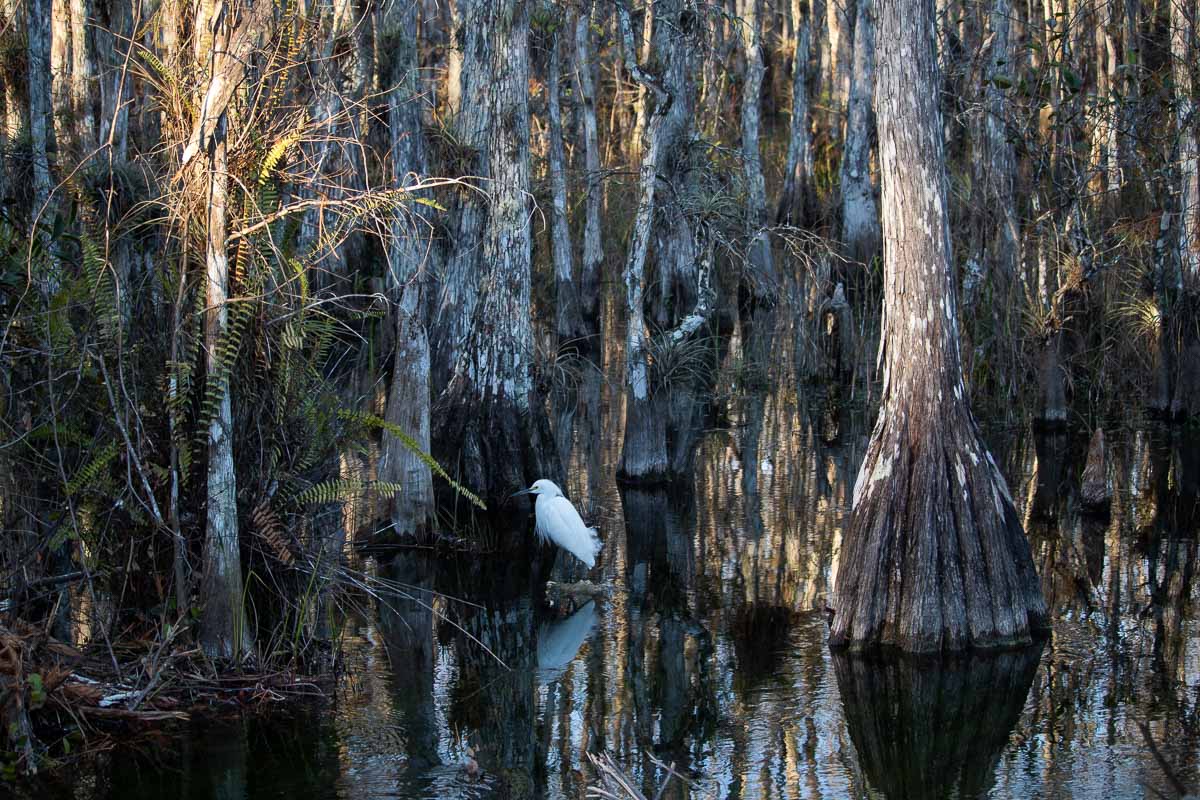
Although it’s not part of Everglades National Park, Big Cypress National Preserve is the park’s neighbor to the north. It shares much of the same environments, ecosystems and habitats and offers very similar wildlife viewing opportunities.
Big Cypress National Preserve, a separate unit in the National Park Service system, is west of Miami along the Tamiami Trail. Two scenic drives allow you to immerse yourself in this gorgeous wetland landscape: the popular 27-mile Loop Road and the 17-mile Turner River/Wagonwheel/Birdon Roads Loop Drive.
Whichever scenic drive you choose, it’s wildlife galore. From the ubiquitous American alligators and Florida softshell turtles to birds like herons, egrets, roseate spoonbills, wood storks, anhingas, warblers, woodpeckers and red-shouldered hawks, Big Cypress is an extraordinary wildlife haven.
Along the park’s often-quiet back roads and trails, you may even spot river otters, bobcats and black bears.
Additionally, this is arguably one of the best areas to see the elusive and endangered Florida panther, although you’ll still need a giant dose of luck to spot one.






